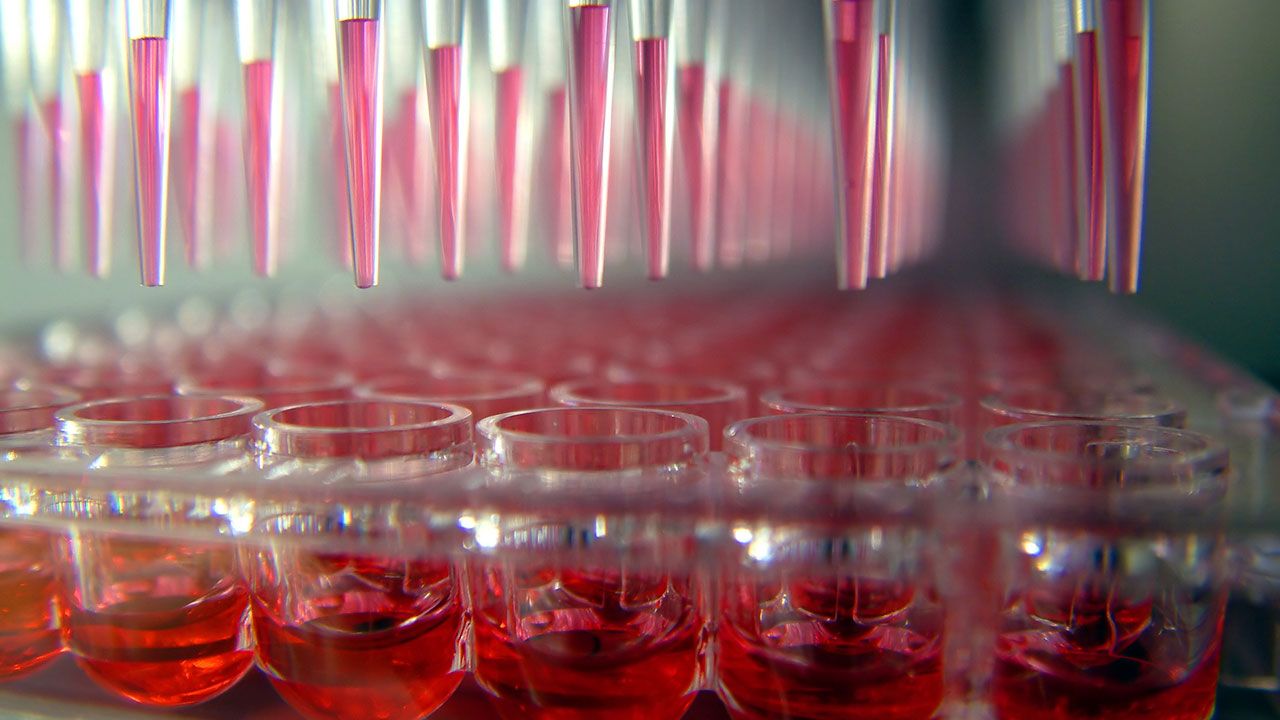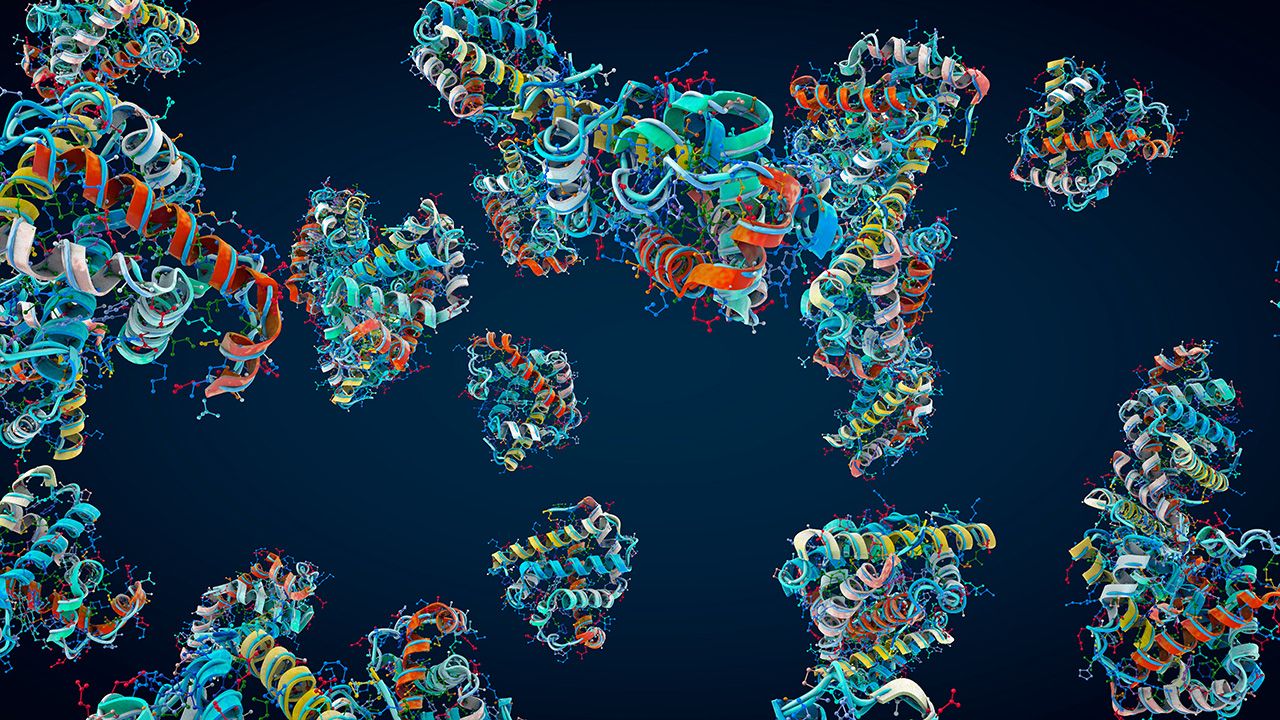
Analytical Methods
Latest News
Latest Videos

More News

Naobios and Olon France create custom HCP ELISA to advance vaccine trials and strengthen global biopharmaceutical manufacturing capacity.

Data integrity and quality are paramount for drug discovery, manufacturing efficiency, regulatory compliance, and patient safety.

The acquisitions include three testing laboratories that enhance Normec’s ability to serve key highly regulated sectors in the TICC industry.

This article provides an overview and introduction to the use of analytics in biopharmaceutical development and manufacturing.

The shift toward personalized medicines poses new challenges in cleanroom protocols.

Under this collaboration, GSK and Oxford will combine their complementary expertise in the immune system, vaccines, and cancer biology.

With the launch of its cobas mass spectrometry solution, Roche brings fully automated mass spec analysis to the clinical lab.

Fluorescence spectroscopy offers unique advantages for characterizing EVs.
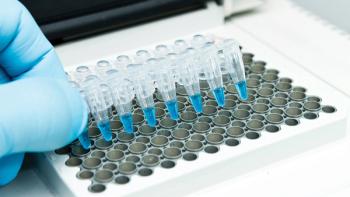
Viral vectors and other complex biologic modalities require more specificity and higher sensitivity to detect and distinguish contaminants.

With the acquisition, Olink will join Thermo Fisher’s Life Sciences Solutions business.

Determining E&L risk from single-use components can be used to build the level of extractable profiling and PERLs.
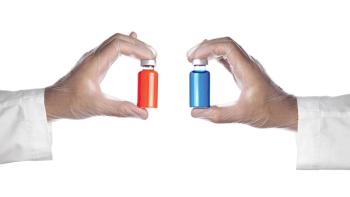
Biosimilar analytical assessments focus on demonstrating biosimilarity and interchangeability with the reference biologic.

Studies conducted by a team at Oxford Biomedica demonstrated that HIC can be used to effectively separate non-deamidated capsids from deamidated capsids.

Digital transformation is allowing for better handling, analysis, and protection of vast data collection.

NGS abbreviates drug discovery timelines.

In a non-exclusive licensing agreement, Ricoh will have access to ERS Genomics’ CRISPR/Cas9 genome editing technology to create novel disease models.
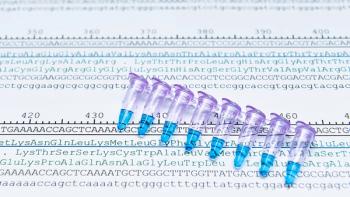
There is a great need for sensitive, precise, and easily accessible analytical detection techniques for protein sequencing.

The addition of another amino acid recognizer as well as improvements in surface chemistry, reagents, and software expand the proteome coverage of Quantum-Si’s Platinum sequencing platform.

Under a new collaboration, Lonza and Oxford Nanopore aim to commercialize a CGMP-validated test for advanced analysis of mRNA products.

Strategizing a PK/PD study approach in early phase development facilitates a successful clinical progression.

Roche will acquire select parts of the LumiraDx group related to that company’s point-of-care technology, which integrates multiple tests on a single instrument.

Developing cell-based potency assays for cell therapies requires meticulous coordination.

Tome Bioscience is facilitating the transition in biology from the editing phase to the cut-and-paste phase.

A single protein or gene expression product can exist in multiple proteoforms due to alternative splicing, point mutations, post translational modifications and endogenous proteolysis.

This collaboration will combine BigHat Biosciences’ AI/ML-guided Milliner platform with AbbVie's expertise in oncology and neuroscience to develop next-generation antibodies.


